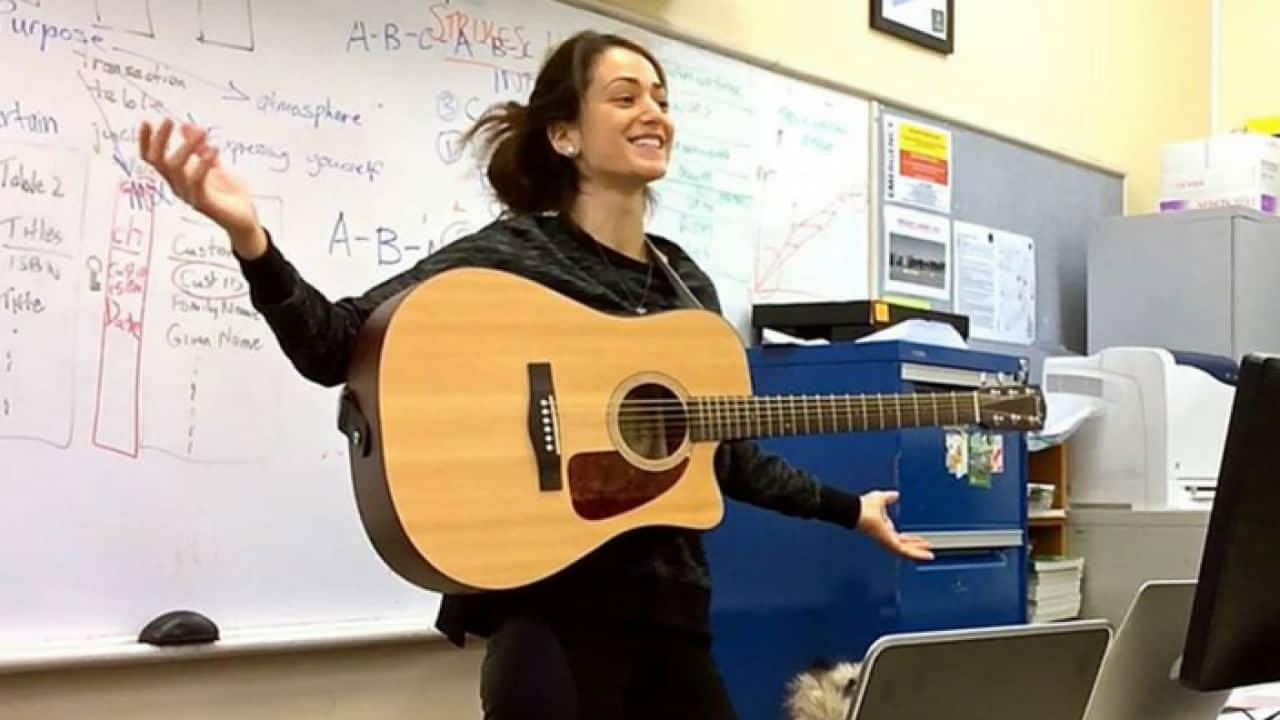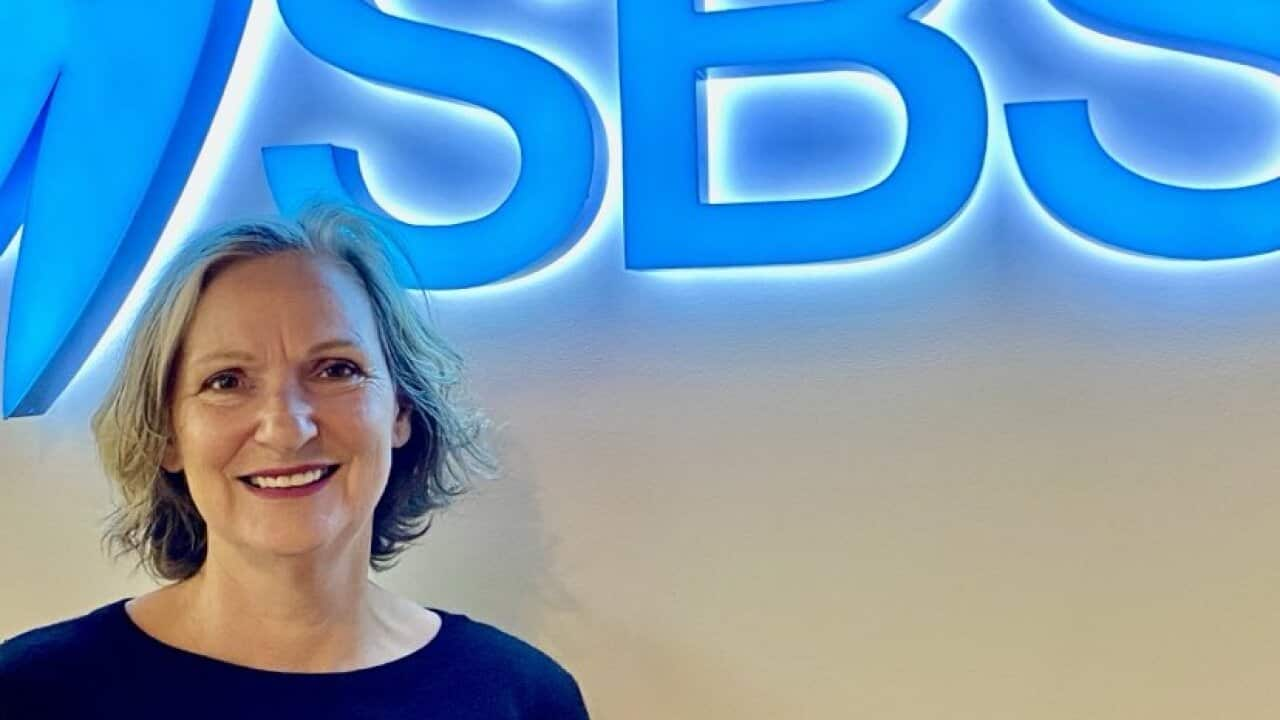Highlights
- An Adelaide primary school educator recounts her experience of kickstarting the transition to remote learning long before COVID-19, using YouTube videos to teach Greek
- Her videos have been embraced by students and even other staff who don't speak the language
- In South Australia, face-to-face classes have resumed at the beginning of term two, but Ms Karanicolas says the situation is still volatile and adds pressure on the teachers
The end of this year’s term one in Australia was marked by the race to be ready for online learning.
And while students are returning to schools in most states and territories now, educators across the country have been navigating new systems during the last two months to teach remotely.
Simone "Asimina" Karanicolas, who teaches Greek as a second language at an Adelaide primary school remembers entering this unknown terrain with a head start.
For years, she has been making her own remote learning tools, producing videos for her students and YouTube followers to teach them Greek.
It all started in 2018, on a day when she was on sick leave.
“I had to find a way to teach the Greek words for numbers to the kids, and being a musician, I thought of making a song which I uploaded on YouTube,” Ms Karanicolas told SBS Greek. , The experiment was met with instant success judging from what she terms “the celebrity effect”.
, The experiment was met with instant success judging from what she terms “the celebrity effect”.

Simone Karanicolas with students in class during a movement-based learning activity. Source: Supplied
When she returned to the classroom the next day, her students welcomed her enthusiastically, saying “Thespinis (Greek for Ms) Asimina, we saw you on TV.”
“I realised that in the eyes of the children it was as if I was an actress or singer and figured out it was a good idea to start teaching Greek via YouTube as it’s fun for students and a nice opportunity to help them learn Greek outside the classroom.” Ms Karanicolas says she felt "lucky" when due to the coronavirus situation she was asked to create material for remote learning.
Ms Karanicolas says she felt "lucky" when due to the coronavirus situation she was asked to create material for remote learning.

Screenshot from Ms Karanicolas' video teaching the Greek names for colours. Source: Supplied
“I was already a step ahead with those videos.
“Usually, kids learn the Greek words for different topics through the videos and then come to school to practice, learn ways of using this vocabulary.
“I had half the work done. I just had to figure out how to assign homework tasks and ways to track students’ progress.”
Greek language tools with potential use by non-Greek speakers too
Ms Karanicolas says there have been instances where her YouTube videos were helpful for her colleagues as complementary tools to assist with initiation to terminology derived from the Greek language.
“For example, I have a video song on shapes in Greek that a fellow teacher used in classes for little ones to learn the etymology of the words.”
But the biggest gratification for her came last month at a time of social isolation due to COVID-19 when Prospect Primary School where she works, dedicated a “Greek welcome” message to students to the world of remote learning.
Under Ms Karanicolas’ guidance, the school staff joined in the newest output of ‘Thespinis Asimina’ YouTube channel and filmed a video on the school’s premises, in a bid to remind children of the school’s values.
“In this video, we want to shift the power from teachers to students where the staff members put themselves in the 'learning' position," the video's description reads.
Titled PPS Goes Greek, the video featured school staff across the board singing in chorus the words community, respect, success and creativity, in Greek.
“I had the teachers reciting the Greek words with music in the background, and the kids just loved seeing them all in the video,” she says.
“Fully prepared” for possible contingencies during the pandemic
In South Australia, parents were encouraged to send their children to school from the beginning of term two.
Ms Karanicolas says a majority of students did so, except those vulnerable or with chronic health conditions.
“The school environment looks a lot different from what we had in mind.
“It basically is as it was before coronavirus. Of course, we still attend with the same sense of responsibility to those still learning from home, as every child matters and we don’t want them to miss out on learning opportunities.”
But the coronavirus situation has added pressure on to educators.
Ms Karanicolas says the biggest challenge for her and her colleagues is the uncertainty around COVID-19 restrictions and the possibility of returning to complete remote learning again.
But if required, they are now “fully prepared” she says to resume to full-time remote teaching.
“There was obviously work involved to get us started, but I personally saw it as an opportunity to improve becoming familiar with new technologies.
“And this is why I believe it’s not all dark, we still have a future ahead in education.”







